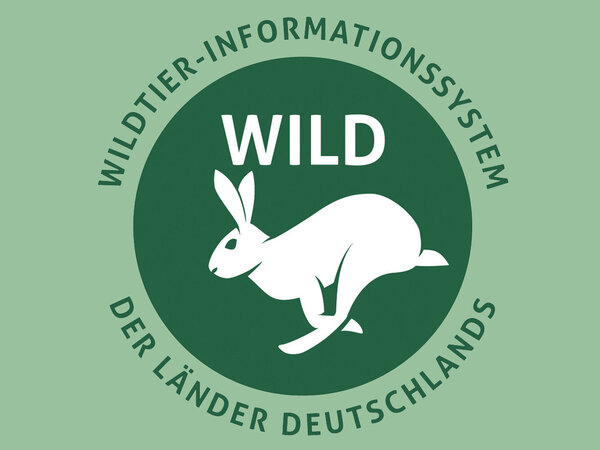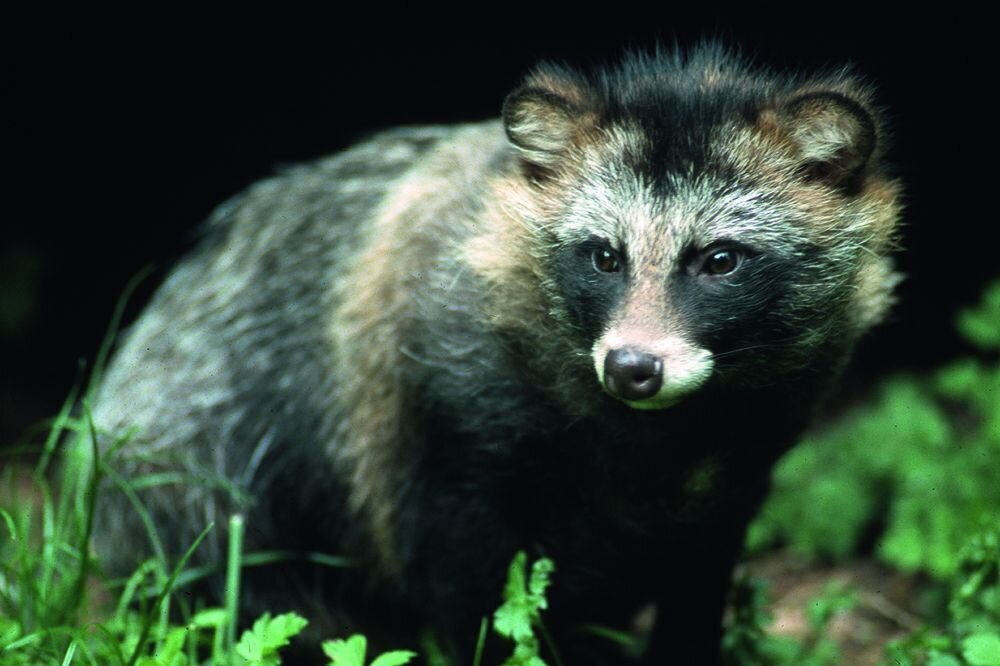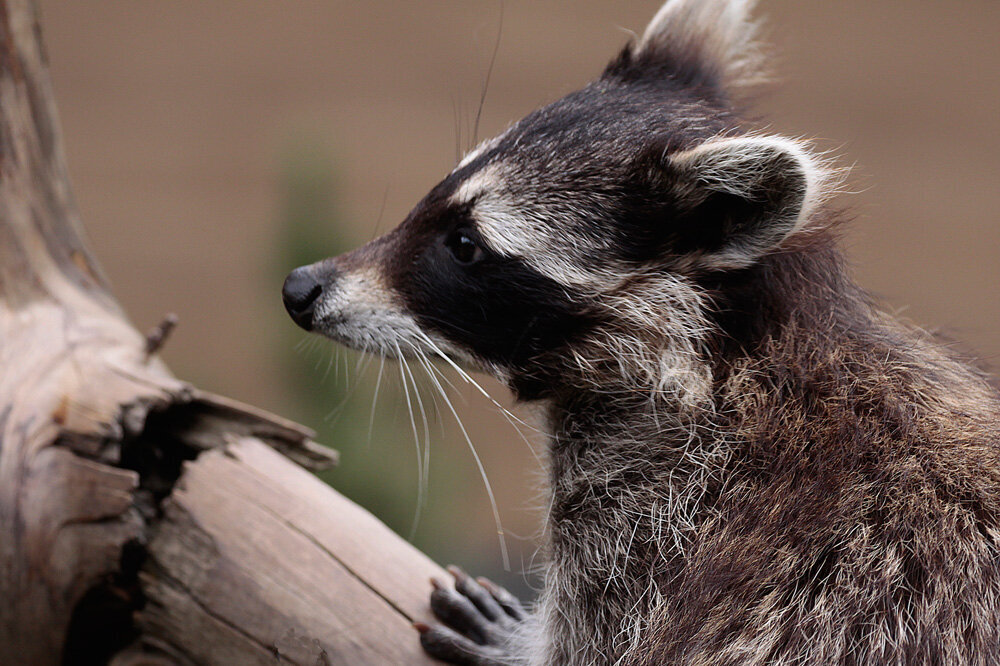Facts & Figures
The Eberswalde WILD Center
Frank Tottewitz | 02.05.2024
The Wildlife Information System of the German Federal States (WILD) is a nationwide monitoring program that collects data on the occurrence, abundance, and population trends of wildlife.
Since the beginning of 2014, the Wildlife Ecology Working Group at the Thünen Institute of Forest Ecosystems in Eberswalde has been a so-called WILD Center. The long-term WILD program documents the occurrence and dynamics of wildlife populations - an indispensable prerequisite for many hunting policy, landscape ecology and nature conservation decisions, as well as for questions concerning animal disease prophylaxis.
The program was initiated in 2001 by the German Hunting Association together with the state hunting associations. Data collection is carried out by trained hunters on a voluntary basis; it is based on the one hand on wildlife censuses using standardized methods in selected census areas ("census in reference areas"), and on the other hand on population assessments of wild animals in numerous hunting districts in Germany ("area-wide census").
As one of four WILD centers, the Thünen Institute for Forest Ecosystems scientifically evaluates data collected as part of the nationwide program. It also collects factors that may influence the density of the wildlife species studied, such as the type of land uses, disease incidence, and climate and weather factors. In addition, nationwide hunting bag data are evaluated to assess population densities and trends.
Every year, specific counts of wildlife take place in over 500 reference areas. The area-wide surveys are carried out every two years with the regular participation of over 30,000 hunters in Germany. The results are published annually in the WILD reports. They show, among other things, that the occurrence of wildlife species can change rapidly due to constant changes in landscape structure:
- Hare, partridge and pheasant show worrying losses in their main areas of occurrence,
- the neozoa raccoon, raccoon dog, mink and Egyptian goose continue to spread,
- Ruddy Shelduck, Barnacle Goose and Great White Egret are increasing.









